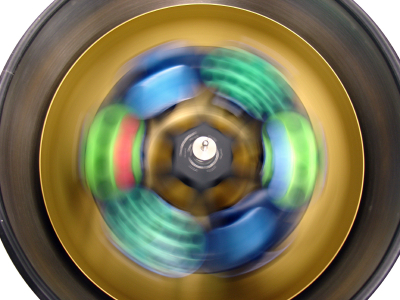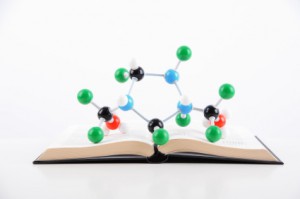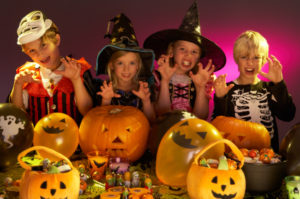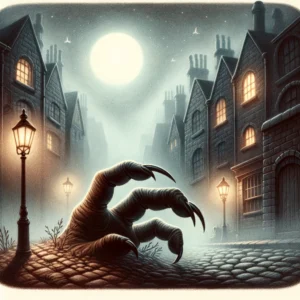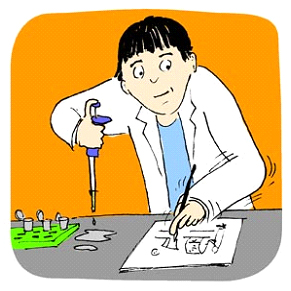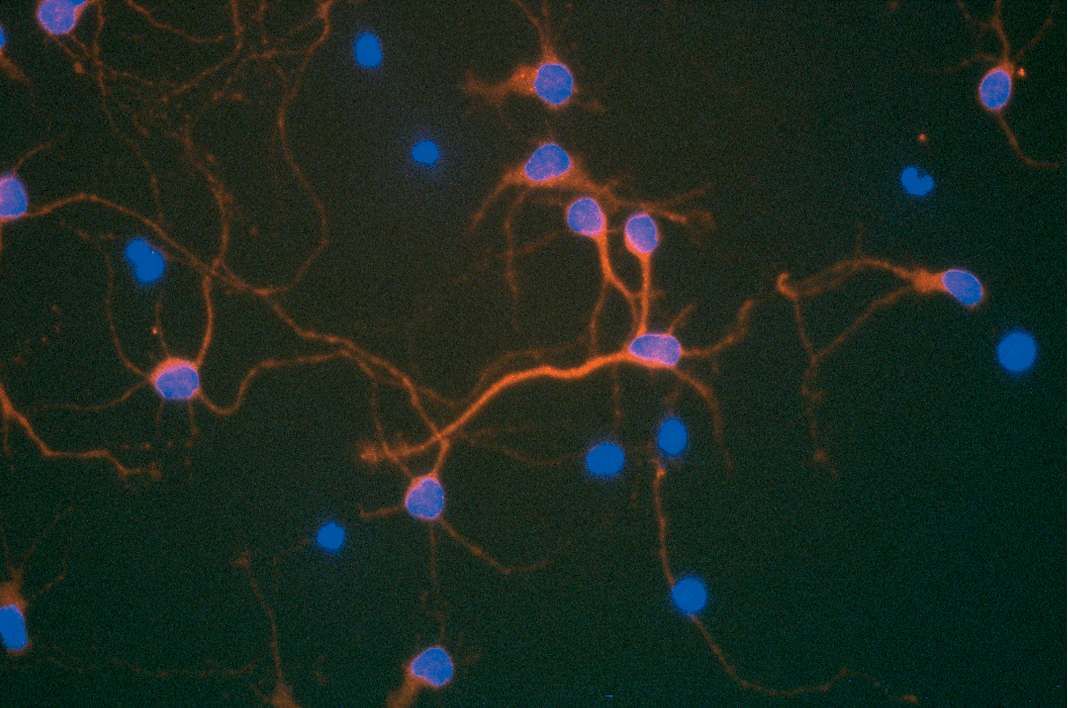Many visitors to the Promega Web site enjoy the Cartoon Lab, the repository of the creative illustrations of Ed Himelblau updated several times a year. Recently, I had a chance to gain some insight about the man behind the cartoons.
Sara Klink: Could you give some background information about yourself?
Ed Himelblau: I was born in Chicago but grew up in San Diego. I went to UCSD [University of California at San Diego] and majored in biology and minored in art. I liked molecular biology and working in labs so I decided to go to grad school. I went to the University of Wisconsin at Madison to get a Ph.D. in the Cell and Molecular Biology program. My first academic job was teaching biology at Southampton College in New York. After several years on Long Island, I moved to my current job teaching and doing research in the Biological Sciences Department at Cal Poly [California Polytechnic State University] in San Luis Obispo, CA.
S.K.: Why did you decide to become a scientist?
E.H.: Playing in tidepools as a kid had something to do with it. As an undergraduate I thought working in a lab sounded cool. When I started working in a lab, I thought the work was interesting and the people were a lot of fun to be around. Then I started to appreciate what it really meant to do experiments and learn about how plants grow and develop.
Continue reading “An Interview with Ed Himelblau, Scientist and Promega Cartoonist” Like this:
Like Loading...
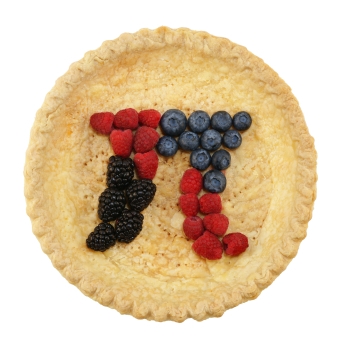 Teachers, architects and engineers have found the mathematical constant, π, to be an invaluable tool for understanding and changing the world around us. Without Π, we would not be able to quickly calculate the area of a circle. To celebrate Pi Day (March 14th), today’s mental exercise will be to test your knowledge of Π. Are you ready for more Π?
Teachers, architects and engineers have found the mathematical constant, π, to be an invaluable tool for understanding and changing the world around us. Without Π, we would not be able to quickly calculate the area of a circle. To celebrate Pi Day (March 14th), today’s mental exercise will be to test your knowledge of Π. Are you ready for more Π?